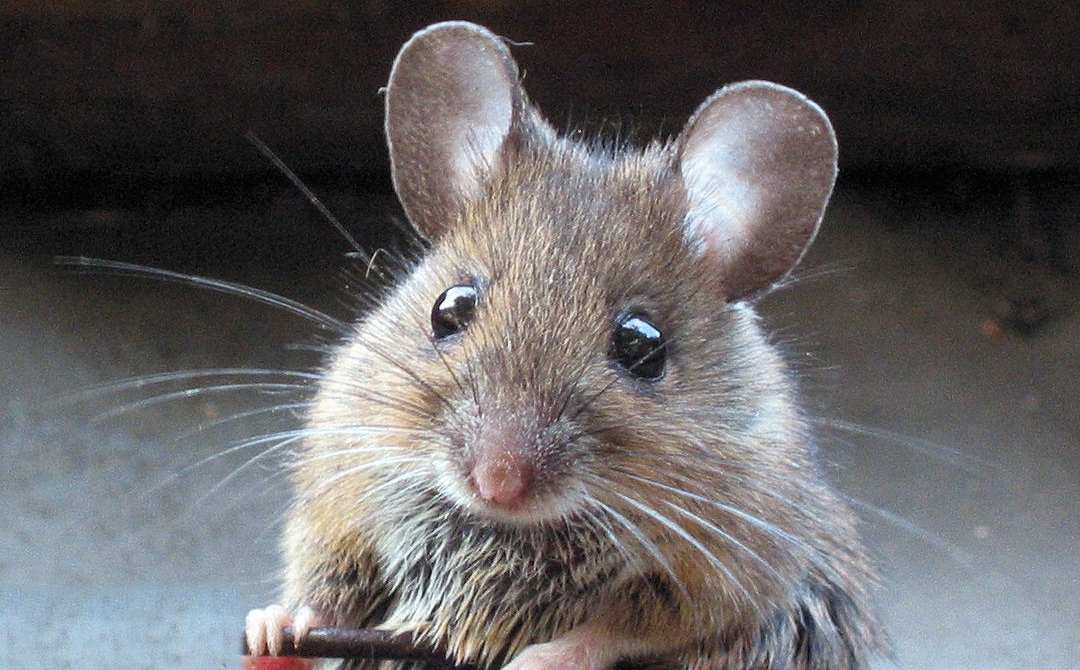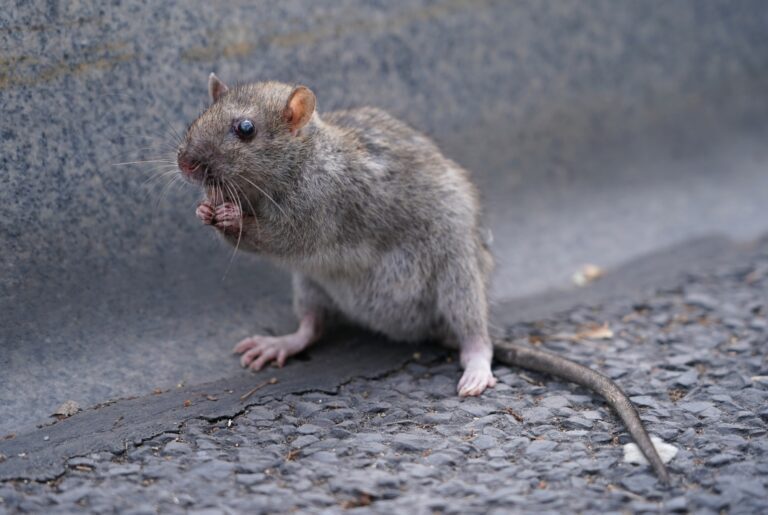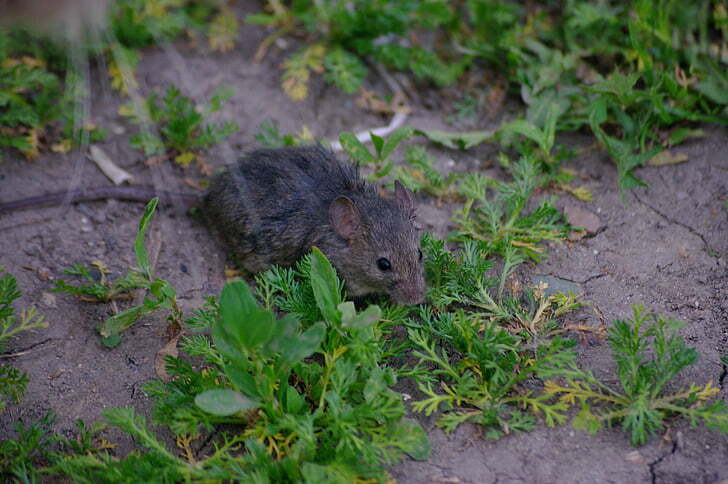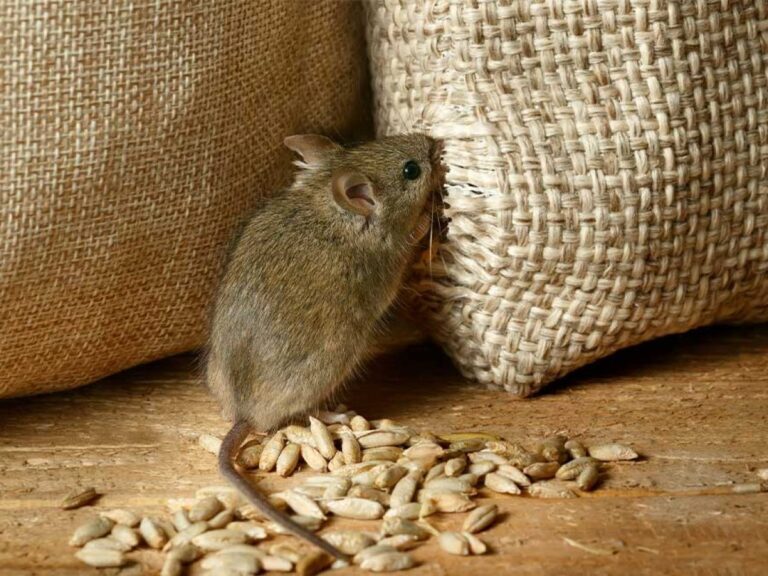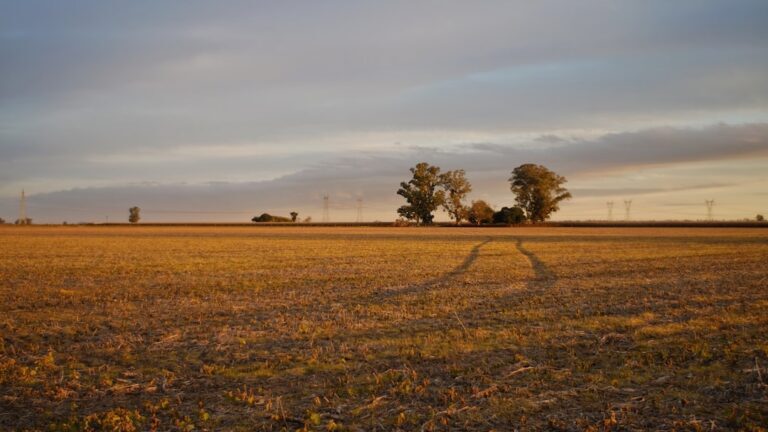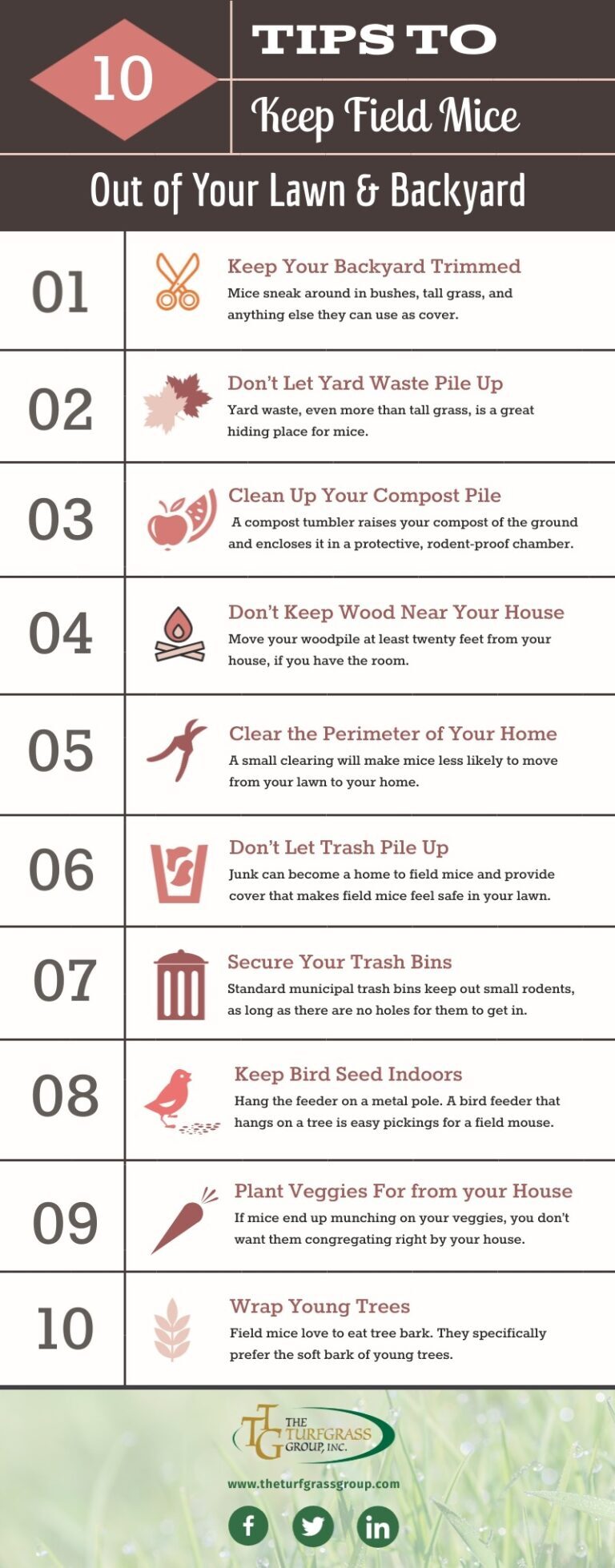Field Mice in Crops: Impact, Prevention, and Minimizing Damage
Overview
Introduction to field mice in crops
Field mice in crops can have a significant impact on agricultural productivity and can cause substantial damage to crops. These small rodents are known for their ability to reproduce rapidly and consume large quantities of plant material, leading to crop loss and reduced yields. It is crucial for farmers and agricultural professionals to understand the behavior and habits of field mice in order to effectively prevent and minimize the damage they can cause. By implementing proper moth control methods, such as regular monitoring, habitat modification, and targeted trapping, farmers can mitigate the negative effects of field mice infestations and protect their crops.
Importance of understanding their impact
Understanding the impact of field mice in crops is of utmost importance for farmers and agricultural professionals. These small rodents can cause significant damage to crops, resulting in substantial economic losses. By gnawing on the stems and leaves of plants, field mice can hinder their growth and development. Moreover, they are known to dig burrows in the soil, which can lead to soil erosion and destabilization. This can further exacerbate the negative effects on crop quality and yield. Additionally, field mice are carriers of various diseases that can be transmitted to humans and livestock. Therefore, it is crucial to implement preventive measures and minimize the damage caused by these pests.
Overview of prevention and damage minimization
Prevention and damage minimization are crucial in managing the impact of field mice in crops. By implementing effective strategies, farmers can reduce the damage caused by these pests and ensure the safety of their crops. One of the key aspects of prevention is the implementation of safe removal strategies. These strategies involve the use of humane traps and repellents to capture and relocate field mice without causing harm to them. Additionally, farmers can employ techniques such as crop rotation and the use of physical barriers to prevent field mice from accessing their crops. By adopting these preventive measures, farmers can minimize the damage caused by field mice and protect their crops effectively.
Field Mice Behavior and Habits
Nocturnal nature and burrowing behavior
Field mice are nocturnal creatures, meaning they are most active during the night. This behavior allows them to avoid predators and hunt for food without being detected. Their burrowing behavior is another key characteristic of field mice. They create intricate tunnel systems underground, providing them with shelter and protection. These tunnels also serve as pathways for them to navigate through their environment. By burrowing, field mice can access crops and feed on the roots, stems, and seeds, causing significant damage to agricultural fields. Therefore, understanding the nocturnal nature and burrowing behavior of field mice is crucial in developing effective prevention and control strategies.
Feeding habits and preferred crops
Field mice have a diverse range of feeding habits and preferences when it comes to crops. They are known to consume a variety of crops, including grains, vegetables, and fruits. However, they have a particular preference for crops such as corn, soybeans, and wheat. These crops provide a rich source of nutrients and are often more susceptible to damage caused by field mice. Therefore, it is crucial to understand their feeding habits and preferred crops in order to effectively control their population and minimize the damage they can cause.
Reproduction and population dynamics
Field mice have a remarkable ability to reproduce and rapidly increase their population size. Their reproductive capacity is one of the key factors contributing to their impact on crops. A female field mouse can produce several litters in a year, with each litter containing an average of 5-8 pups. These pups reach sexual maturity within a few weeks and can start reproducing themselves, leading to exponential growth in the mouse population. The high reproductive rate of field mice poses a significant challenge for farmers and crop producers, as it can result in extensive damage to crops if not properly managed. To minimize the damage caused by field mice, it is crucial to implement effective prevention and control measures that target their reproductive and population dynamics.
Impact on Crops
Crop damage caused by field mice
Crop damage caused by field mice is a significant concern for homeowners and agricultural professionals alike. These small rodents have the ability to wreak havoc on crops, causing substantial financial losses and impacting food production. Field mice are known for their voracious appetite, and they can quickly decimate entire fields if left unchecked. To prevent and minimize damage, it is crucial for homeowners and farmers to implement effective pest control measures. This may include using traps, bait stations, and repellents to deter field mice from infesting crops. Additionally, maintaining a clean and clutter-free environment can help reduce the likelihood of an infestation. By staying informed about the behavior and habits of field mice, homeowners can take proactive steps to protect their crops and minimize the potential for damage.
Financial implications for farmers
Financial implications for farmers can be significant when it comes to dealing with pests in their crops. One particular pest that poses a threat to farmers’ finances is the pharaoh ant. These tiny insects can cause expensive damages to crops if not prevented and controlled effectively. To minimize the financial impact, farmers need to implement proactive measures to prevent infestations and minimize the damage caused by pharaoh ants. By investing in integrated pest management strategies and regular monitoring, farmers can reduce the risk of costly losses and ensure the long-term profitability of their crops.
Effects on crop yield and quality
Field mice can have significant effects on crop yield and quality. These small rodents are known for their ability to quickly reproduce and consume large amounts of crops. Their feeding habits can lead to reduced crop yields and lower quality produce. Field mice can also cause physical damage to crops by gnawing on stems, roots, and fruits. This can make the crops more susceptible to diseases and pests. To minimize the impact of field mice on crop yield and quality, it is important to implement effective prevention and control measures. This includes maintaining peace in the fields by reducing disturbances that may attract field mice, such as avoiding excessive noise or frequent human presence. Additionally, implementing physical barriers and using rodent repellents can help deter field mice from entering the crops. By taking these measures, farmers can protect their crops and ensure optimal yield and quality.
Prevention Methods
Physical barriers and fencing
Physical barriers and fencing are effective methods for preventing field mice from accessing crops and causing damage. By creating a physical barrier around the perimeter of the crop fields, farmers can significantly reduce the risk of field mice infestations. Fencing can be made from materials such as wire mesh or electric fencing, which are designed to keep field mice out. These barriers not only deter field mice but also other pests and animals that may pose a threat to crops. Additionally, physical barriers can help minimize the need for chemical pest control methods, promoting a more sustainable and environmentally-friendly approach to crop protection. Implementing physical barriers and fencing is a proactive measure that farmers can take to protect their crops and ensure a successful harvest.
Natural predators and biological control
Field mice are a common pest in crops, causing significant damage to agricultural yields. However, natural predators and biological control methods offer effective solutions for battling these pests. One of the key natural predators of field mice is the barn owl, which preys on mice and helps to keep their populations in check. Additionally, other predators such as snakes, foxes, and cats also play a role in controlling field mouse populations. Biological control methods, including the use of nematodes and bacteria, can also be employed to combat field mice infestations. These methods target the mice specifically, minimizing the impact on other beneficial organisms. By harnessing the power of natural predators and implementing biological control measures, farmers can effectively reduce the damage caused by field mice in crops.
Crop rotation and habitat modification
Crop rotation and habitat modification are two effective strategies for managing field mice populations in crops. Crop rotation involves the systematic planting of different crops in a specific sequence, which helps disrupt the field mice’s food sources and nesting habitats. By rotating crops, farmers can reduce the availability of preferred food sources for field mice, making the environment less attractive for them. Additionally, habitat modification techniques such as removing dense vegetation or implementing barriers can further discourage field mice from inhabiting crop areas. These strategies are crucial in unveiling effective ways to control field mice populations and minimize the damage they can cause to crops.
Minimizing Damage
Early detection and monitoring
Early detection and monitoring of field mice in crops is crucial for minimizing damage and implementing effective prevention strategies. By regularly inspecting the fields and monitoring for signs of infestation, farmers can identify the presence of field mice at an early stage. This allows them to take prompt action and prevent the mice from causing extensive damage to the crops. Additionally, setting up traps and bait stations in strategic locations can help in capturing and controlling the population of field mice. Implementing these proactive measures can significantly reduce the risk of crop loss and ensure the overall health and productivity of the crops.
Integrated pest management strategies
Integrated pest management strategies play a crucial role in controlling field mice populations in crops. By implementing a combination of preventive measures and minimizing damage techniques, farmers can effectively mitigate the impact of these pests on their crops. One effective strategy is the use of natural predators, such as owls and snakes, to control the field mice population. Additionally, implementing proper sanitation practices, such as removing crop residues and maintaining clean storage areas, can help prevent infestations. Another important aspect of integrated pest management is the use of traps and bait stations strategically placed in areas where field mice are likely to be present. These measures not only help in reducing the field mice population but also minimize the damage caused by their feeding habits. By adopting integrated pest management strategies, farmers can ensure the long-term sustainability of their crops and protect them from the detrimental effects of woodworms.
Effective use of traps and baits
Field mice infestations in crops can cause significant damage to agricultural yields. To effectively control and minimize the impact of these infestations, the use of traps and baits has proven to be highly effective. Traps can be strategically placed in areas where mice are known to frequent, such as along field edges or near crop storage areas. Baits, on the other hand, can be used to attract mice and lure them away from crops. By employing a combination of traps and baits, farmers can effectively reduce the population of field mice and protect their crops from further damage. It is important to regularly monitor and maintain these traps and baits to ensure their continued effectiveness. Additionally, proper disposal of captured mice is essential to prevent the spread of diseases and further infestations. With the proper use of traps and baits, farmers can successfully mitigate the impact of field mouse infestations and safeguard their crops.
Conclusion
Summary of key points
Field mice can have a significant impact on crops, causing damage that can result in economic losses for farmers. It is important to understand the key points regarding the impact of field mice, prevention measures, and strategies to minimize damage. Field mice can destroy crops by feeding on seeds, roots, and stems, leading to reduced yield and quality. They can also create burrows and tunnels, further damaging the crop’s root system. To prevent field mice infestation, farmers can implement various measures such as maintaining clean and tidy fields, removing debris and weeds, and using traps or baits. Additionally, minimizing potential habitats for field mice, such as removing tall grass and shrubs around crop fields, can help reduce their population. It is crucial for farmers to stay knowledgeable about field mice behavior and implement effective prevention and control strategies to minimize the impact on crop production.
Importance of proactive measures
Proactive measures play a crucial role in managing the impact of field mice in crops. By taking preventive actions, farmers can significantly minimize the damage caused by these rodents. It is essential to understand the importance of implementing proactive measures to protect crops and ensure a sustainable agricultural system. BoldPassages: [“Proactive measures”, “minimize the damage”, “protect crops”]
Future research and potential solutions
Future research and potential solutions for field mice in crops are crucial in order to minimize the damage caused by these pests. One area of focus should be on preventing paper lice infestations, as they can significantly impact crop yields. To achieve this, farmers and researchers can implement a variety of tips and tricks, such as maintaining proper sanitation practices, using natural predators, and employing integrated pest management strategies. By understanding the life cycle and behavior of field mice, scientists can develop targeted interventions and control measures. Additionally, exploring alternative methods, such as the use of repellents and barriers, may provide further solutions to mitigate the impact of field mice on crops. Overall, continued research and innovation in this field are essential to ensure the long-term sustainability of agricultural practices.

